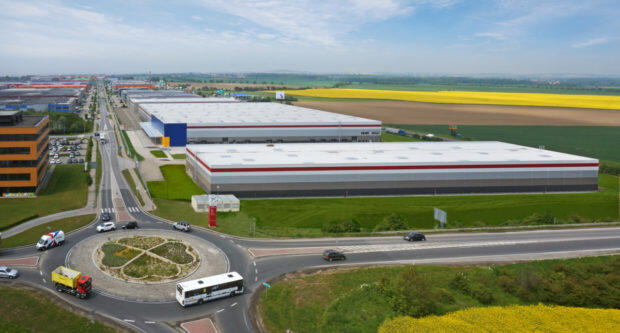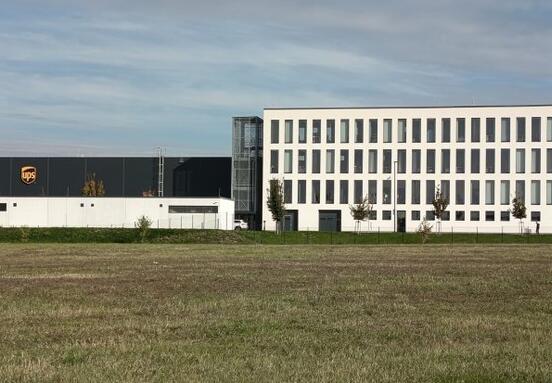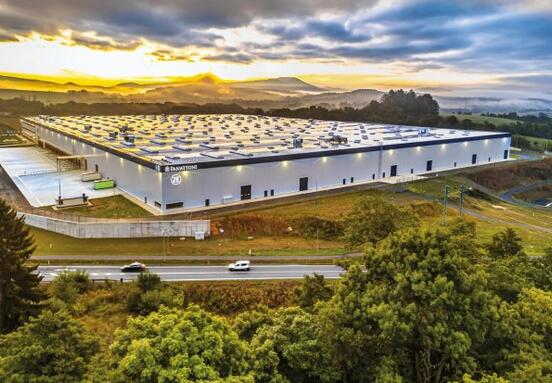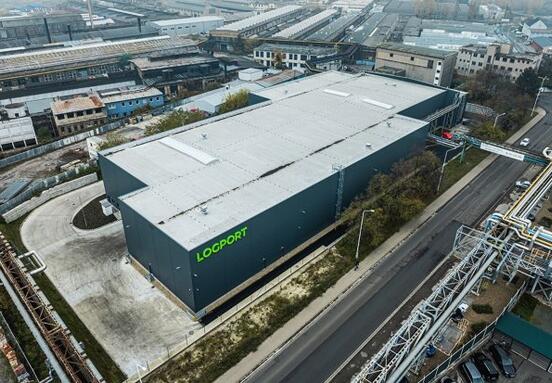Jiří Kristek, partner and head of industrial space and shopping park leasing, Cushman & Wakefield: “The Czech Republic has traditionally been proud of its status as a country suitable for the manufacturing sector. The fact that it holds this position is very good news for the whole economy, which shows the attractiveness of the country for new construction. Several factors contribute to this, the most important of which are the strategic location within Europe, a skilled workforce and a stable economic environment. "
The best in the CEE region and in the whole of Europe
This year, last year and the year before, the Czechia was the best-rated European country in the so-called basic evaluation of the ranking, which attaches equal importance to operating conditions and cost competitiveness. Globally, the Czech Republic ranks fifth behind top manufacturing destinations such as China, India, USA and Canada.
It was with Canada that the Czechia exchanged positions this year - which largely caused an increase in labor costs throughout the CEE region. This became a major obstacle to "reshoring" plans to Central and Eastern European countries, which was to be one of the possible responses to supply chain disruptions during a pandemic. Even so, Lithuania (seventh position) and Poland (tenth place) were also in the top ten countries.
Of the countries in Western Europe, Spain took the highest position, making a significant jump from last year's 29th to this year's 12th place thanks to improved economic and political stability and falling labor costs.
Top ten countries of the Global Manufacturing Risk Index 2021, basic assessment
RankCountry1China2India3USA4Canada5Czech Republic6Indonesia7Lithuania8Thailand9Malaysia10Poland
Source: Cushman & Wakefield
Low risk, reasonable cost
Compared to last year's seventh place, the Czech Republic's position in the risk assessment ranking has improved this year: we are also fifth in this respect. Within CEE, it is again the best position, but from European countries, Finland is one place ahead of us - "disadvantageous" in terms of costs, but with one of the lowest levels of geopolitical risk and also with a very strong recovery of the manufacturing sector in 2020.
In terms of costs (for labor, energy or real estate), the Czechia is far from being the cheapest country: it ranked in the second quarter. From European destinations, it is surpassed by Lithuania (9th place - the highest in Europe), Russia, Bulgaria, Turkey and Romania. Even so, the local costs are low enough to make the combination of other parameters considered in our country an ideal location for the production plant.
Jiří Kristek, partner and head of industrial space and shopping park leasing, Cushman & Wakefield: “The Czech Republic still holds an advantageous position in deciding multinational companies where to place production. It excels mainly due to the appropriate combination of key factors that influence these strategic decisions. It is not the cheapest in terms of cost - cheaper Asian countries outperform it, while countries such as the USA and Germany are more stable in terms of risk. However, when comparing all the parameters that the Czech Republic offers, this is the optimal country to invest in. ”
Recovery from the crisis
For the second time, the ranking also assesses countries' ability to recover from the coronavirus crisis. The percentage of population vaccination and the expected GDP growth were assessed. In this respect, the Czechia is in the second quarter of the countries with the best position for a restart, with China, Ireland and the Netherlands in the top three.
Jiří Kristek, Cushman & Wakefield's partner and head of industrial space and shopping park leasing: The steps taken are essential for the manufacturing sector to function without any obstacles or restrictions. "
Nearshoring instead of offshoring
Offshoring is a trend that has been a very inflected topic in previous years of the survey. However, the pandemic has shown that it can be a major challenge not only for manufacturing companies, especially due to the disruption of traditional ties and the flow of goods. Therefore, various solutions eliminating this dependence are now coming into the spotlight, one of which may be the so-called nearshoring, ie the approximation of production capacities to the place of consumption. However, it is not easy, as there are not enough suitable locations in the target destinations to cover all the demand. At the same time, manufacturing companies can fight the shortage of skilled labor and its higher price.







